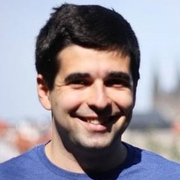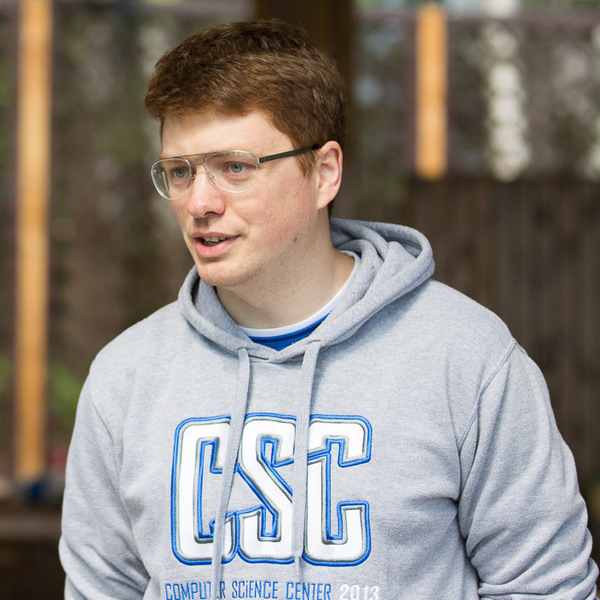- Level Expert
- Duration 18 hours
- Course by University of California San Diego
-
Offered by

About
In Spring 2011, thousands of people in Germany were hospitalized with a deadly disease that started as food poisoning with bloody diarrhea and often led to kidney failure. It was the beginning of the deadliest outbreak in recent history, caused by a mysterious bacterial strain that we will refer to as E. coli X. Soon, German officials linked the outbreak to a restaurant in Lübeck, where nearly 20% of the patrons had developed bloody diarrhea in a single week. At this point, biologists knew that they were facing a previously unknown pathogen and that traditional methods would not suffice – computational biologists would be needed to assemble and analyze the genome of the newly emerged pathogen. To investigate the evolutionary origin and pathogenic potential of the outbreak strain, researchers started a crowdsourced research program. They released bacterial DNA sequencing data from one of a patient, which elicited a burst of analyses carried out by computational biologists on four continents. They even used GitHub for the project: https://github.com/ehec-outbreak-crowdsourced/BGI-data-analysis/wiki The 2011 German outbreak represented an early example of epidemiologists collaborating with computational biologists to stop an outbreak. In this online course you will follow in the footsteps of the bioinformaticians investigating the outbreak by developing a program to assemble the genome of the E. coli X from millions of overlapping substrings of the E.coli X genome.Modules
The 2011 European E. coli Outbreak
- Programming Assignment 1: Assembling the phi 174X Genome Using Overlap Graphs
2
Videos
- 2011 European E. coli outbreak
- Assembling phage genome
4
Readings
- About University
- What does it mean to assemble a genome?
- Project Description
- Rules on the academic integrity in the course
Assembling Genomes Using de Bruijn Graphs
- Programming Assignment 2: Assembling the phi 174X Genome Using De Bruijn Graphs
5
Videos
- DNA arrays
- Assembling genomes from k-mers
- De Bruijn graphs
- Bridges of Königsberg and universal strings
- Euler theorem
Genome Assembly Faces Real Sequencing Data
- Programming Assignment 3: Genome Assembly Faces Real Sequencing Data
3
Videos
- Splitting the genome into contigs
- From reads to read-pairs
- Genome assembly faces real sequencing data
Auto Summary
"Genome Assembly Programming Challenge" is an expert-level course in Data Science & AI, led by Coursera. Delve into the 2011 German E. coli outbreak, exploring computational biology techniques to assemble the pathogen's genome from DNA sequences. Ideal for advanced learners, the course offers a deep dive into real-world bioinformatics. With a duration of 1080 minutes, subscriptions are available in Starter and Professional tiers. Perfect for those aiming to enhance their skills in genome analysis and bioinformatics.

Neil Rhodes
Michael Levin

Michael Levin

Pavel Pevzner

Alexander S. Kulikov


